
In today’s dynamic business environment, organizations face increasing uncertainties—from market volatility and cybersecurity threats to operational and compliance risks. To navigate these effectively, businesses must understand how much risk they are willing to pursue and how much risk they are capable of absorbing. This is where the concepts of risk appetite and risk tolerance play a crucial role. ISO 31000 Training, the international standard for risk management, provides a structured framework to align both and ensure strategic balance.
Understanding Risk Appetite
Risk appetite refers to the amount and type of risk an organization is willing to accept to achieve its strategic objectives. It reflects leadership’s mindset about risk and is influenced by factors such as company culture, market conditions, and growth ambitions.
For example:
A startup in a competitive tech market may have a high risk appetite, willing to invest aggressively in innovation.
A government financial regulatory body may have a very low risk appetite, prioritizing stability and compliance.
Risk appetite is strategic—it is defined at the leadership and board level and sets the tone for all risk decisions.
Understanding Risk Tolerance
Risk tolerance, on the other hand, specifies the acceptable levels of variation or deviation from key business goals. It represents the practical limits within which the organization operates.
While risk appetite expresses intent, risk tolerance expresses boundaries.
For example:
If the risk appetite statement says an organization is willing to take “medium financial risk” to expand market share, the risk tolerance could define a limit such as:
Losses should not exceed 5% of annual revenue
Credit default probability should remain below a defined threshold
Why Alignment Matters
Misalignment between risk appetite and tolerance leads to:
Overexposure to unexpected financial and operational losses
Poor decision-making due to unclear boundaries
Confusion between leadership and operational teams
Weak internal controls and risk mitigation execution
When the appetite is higher than tolerance, teams may operate in fear, slowing innovation.
When tolerance is higher than appetite, teams may unknowingly take dangerous risks.
ISO 31000 helps organizations translate broad strategic risk appetite into measurable risk tolerances at operational levels.
How ISO 31000 Helps Create Balance
ISO 31000 promotes a structured approach to risk management, emphasizing integration, transparency, and continuous improvement. To balance appetite and tolerance:
Define Strategic Objectives Clearly
Clarify what the organization aims to achieve—growth, stability, compliance, or innovation.Assess Internal and External Context
Analyze the business environment, competition, regulatory landscape, and capability maturity.Develop a Risk Appetite Statement
Leadership should document what level of risk the organization is willing to take, using qualitative and quantitative terms.Set Risk Tolerance Thresholds
Convert strategic intent into operational metrics: KRIs, percentage limits, thresholds, and traffic light control systems.Integrate into Processes and Decisions
Ensure that risk appetite and tolerance are embedded into budgeting, project planning, procurement, cybersecurity, and audits.Monitor and Review Regularly
Risk is dynamic. ISO 31000 emphasizes proactive monitoring and periodic review to adjust thresholds as business landscapes evolve.
Why ISO 31000 Certification Helps Boost Your Career
Earning ISO 31000 Certification demonstrates your expertise in global best practices for identifying, evaluating, and managing risks across any industry. It validates your ability to support leadership in strategic decision-making and build strong risk governance frameworks—skills that are in high demand across banking, IT, manufacturing, government, healthcare, and consulting sectors. Certified professionals are often considered for roles such as Risk Analyst, Compliance Officer, Risk Manager, Internal Auditor, and Governance Leader, and they are valued for their ability to drive resilience, stability, and business continuity. In short, ISO 31000 certification not only increases your professional credibility but also opens doors to senior-level opportunities and higher earning potential.
Conclusion
Balancing risk appetite and risk tolerance is essential for organizations to grow sustainably while protecting themselves from adverse outcomes. ISO 31000 provides the framework needed to convert strategic ambition into actionable control measures. By aligning leadership vision with operational boundaries, organizations achieve clarity, consistency, and confidence in decision-making—enabling them to move forward with calculated, informed, and responsible risk-taking.


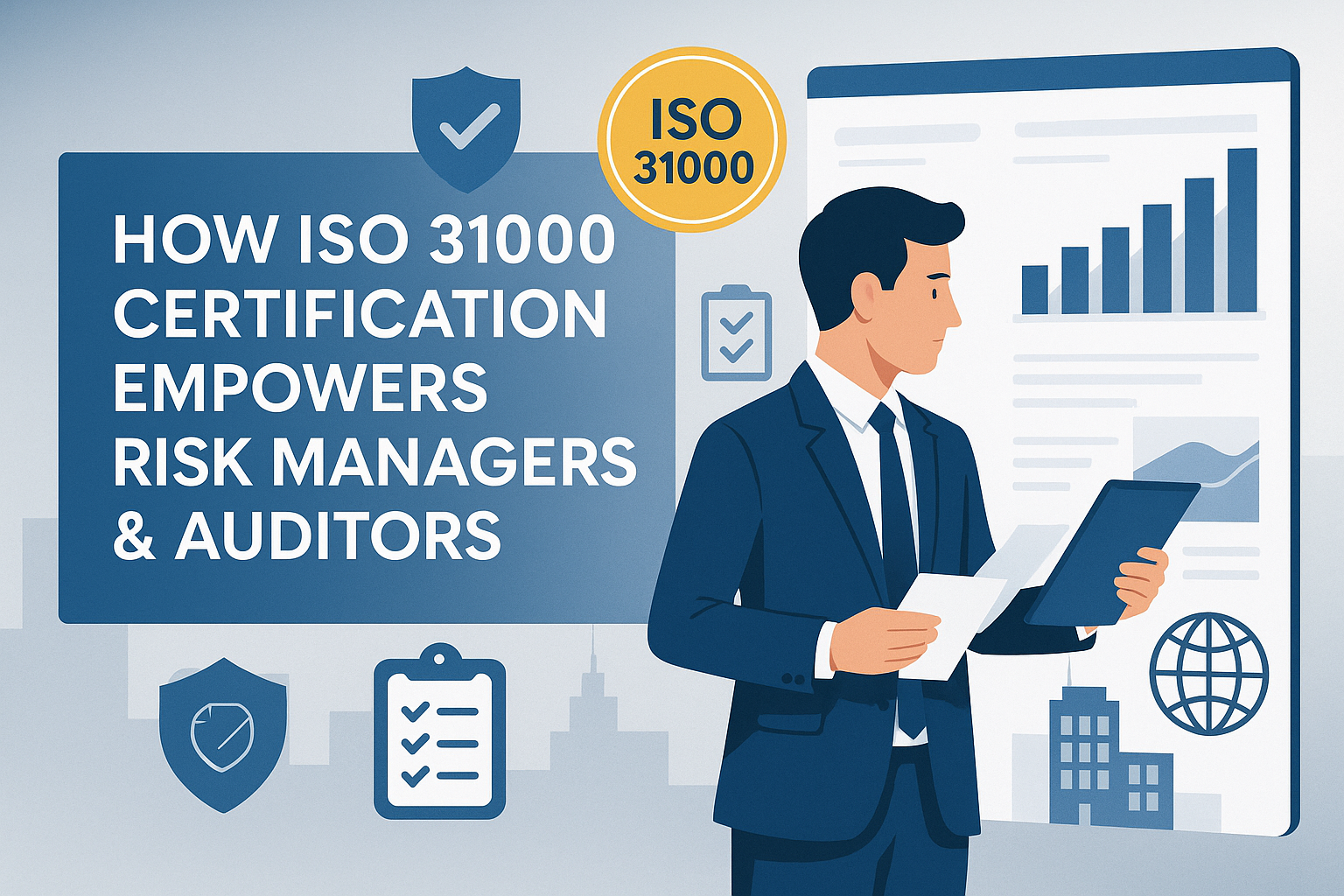
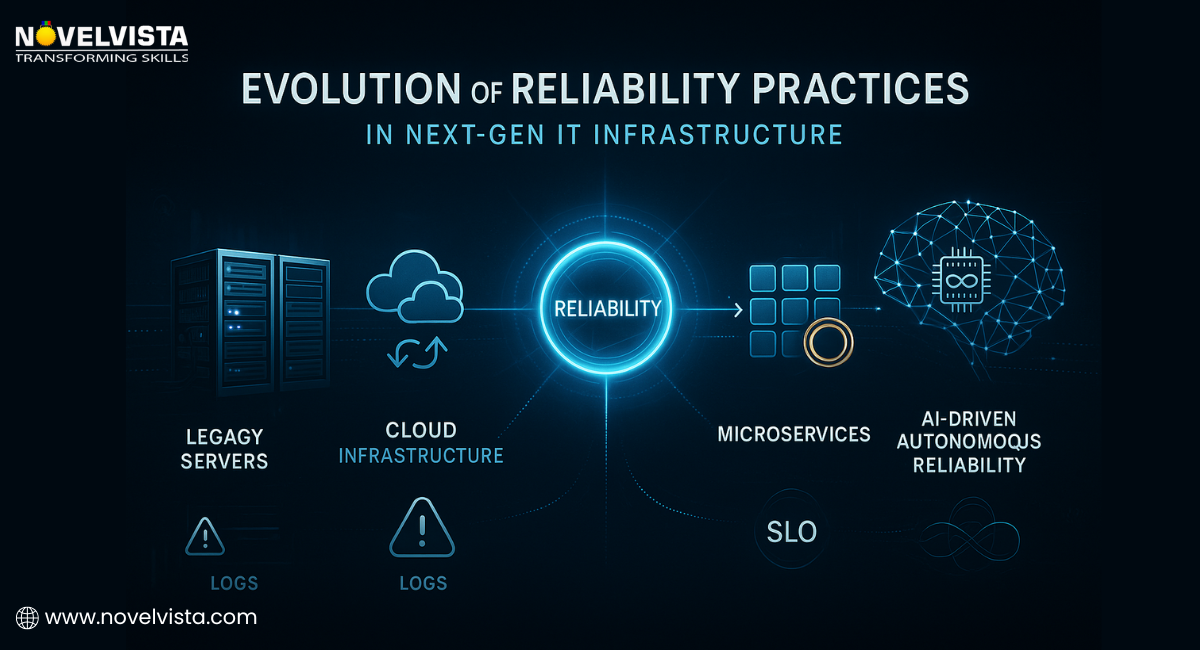


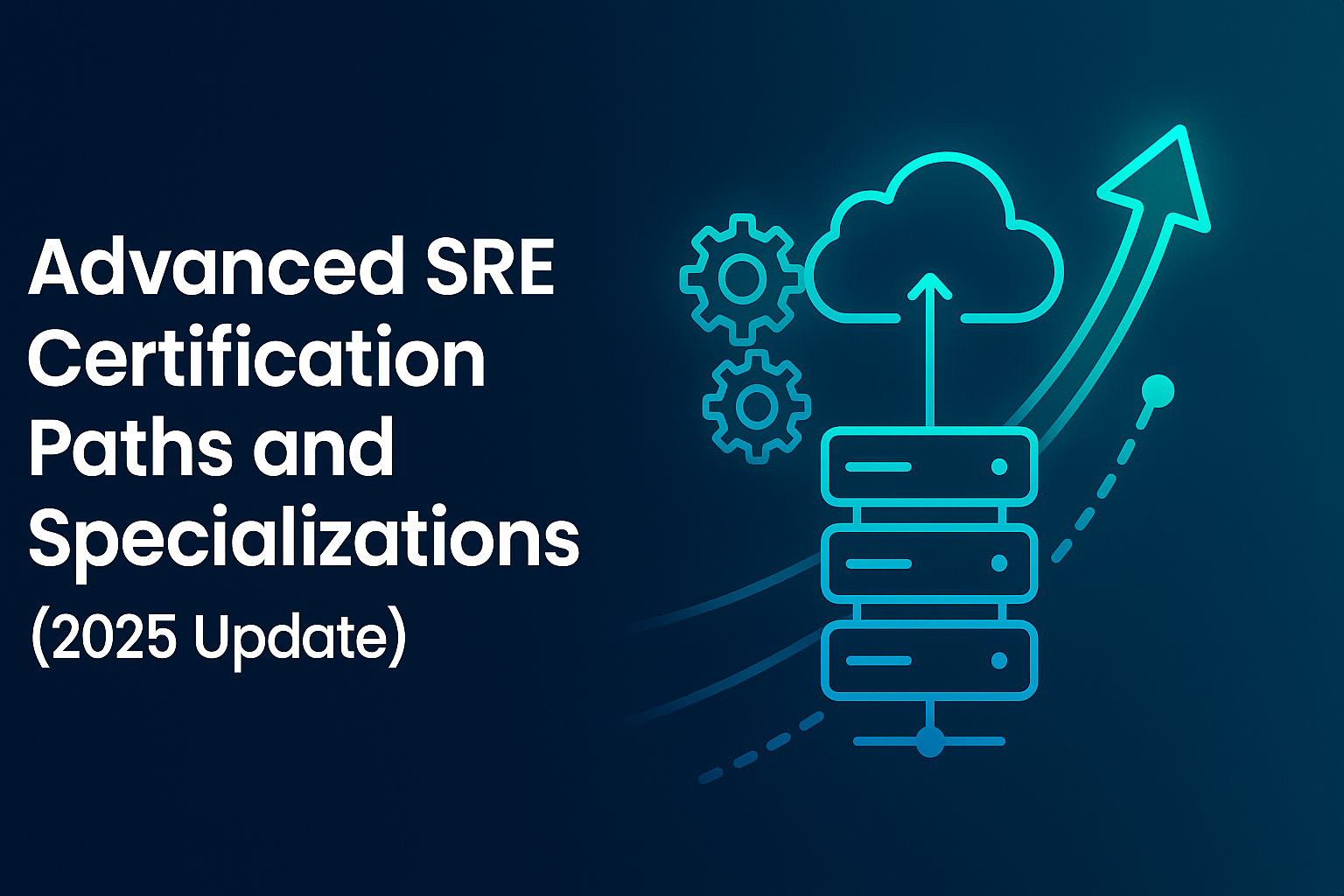
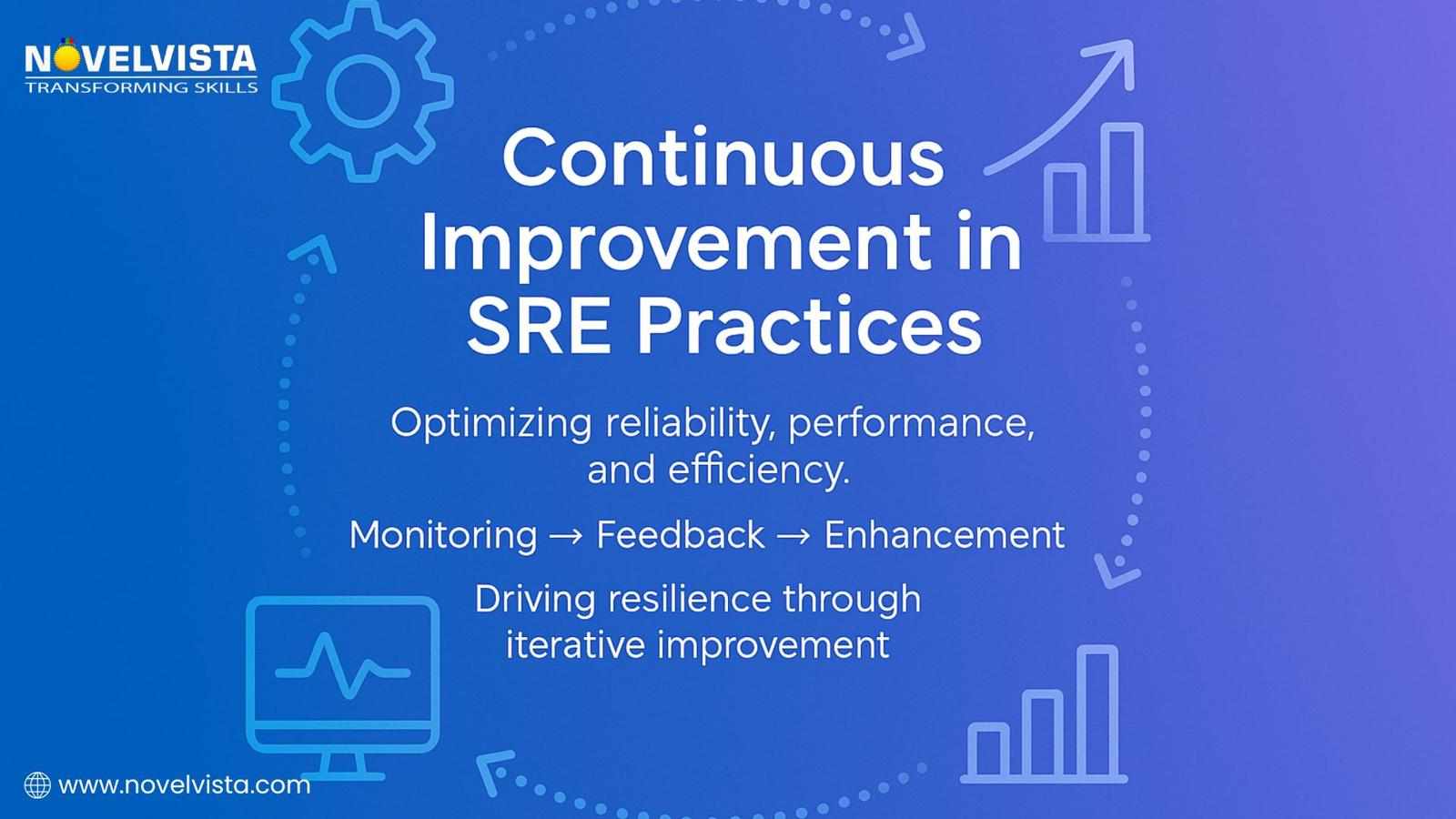
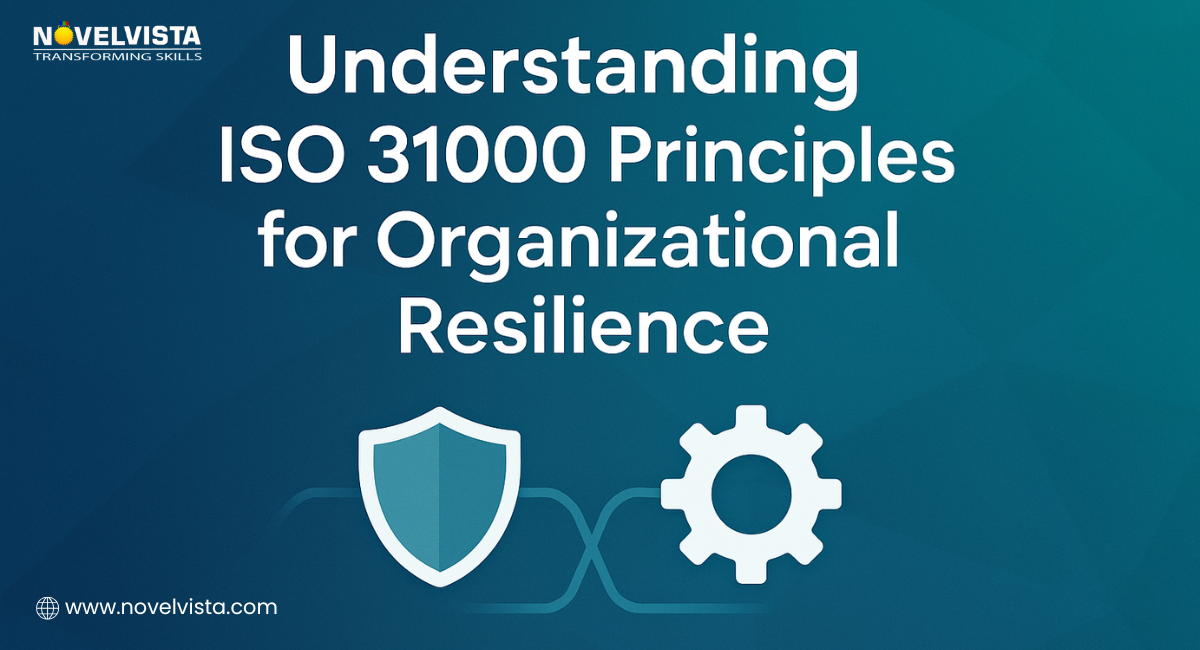


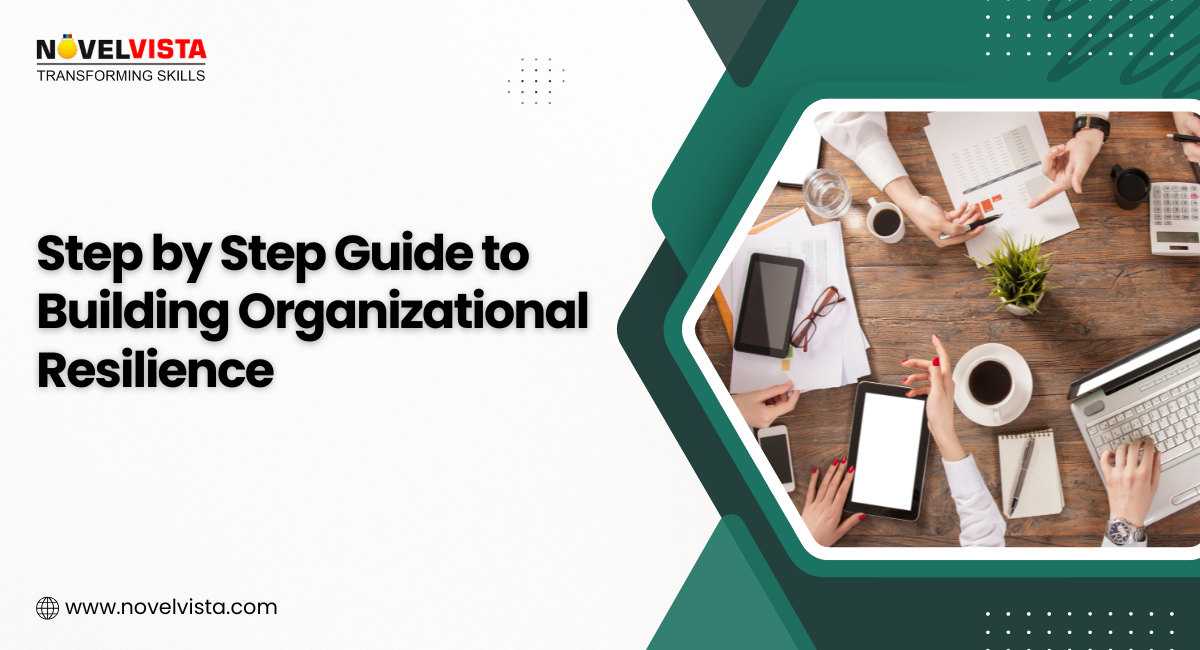
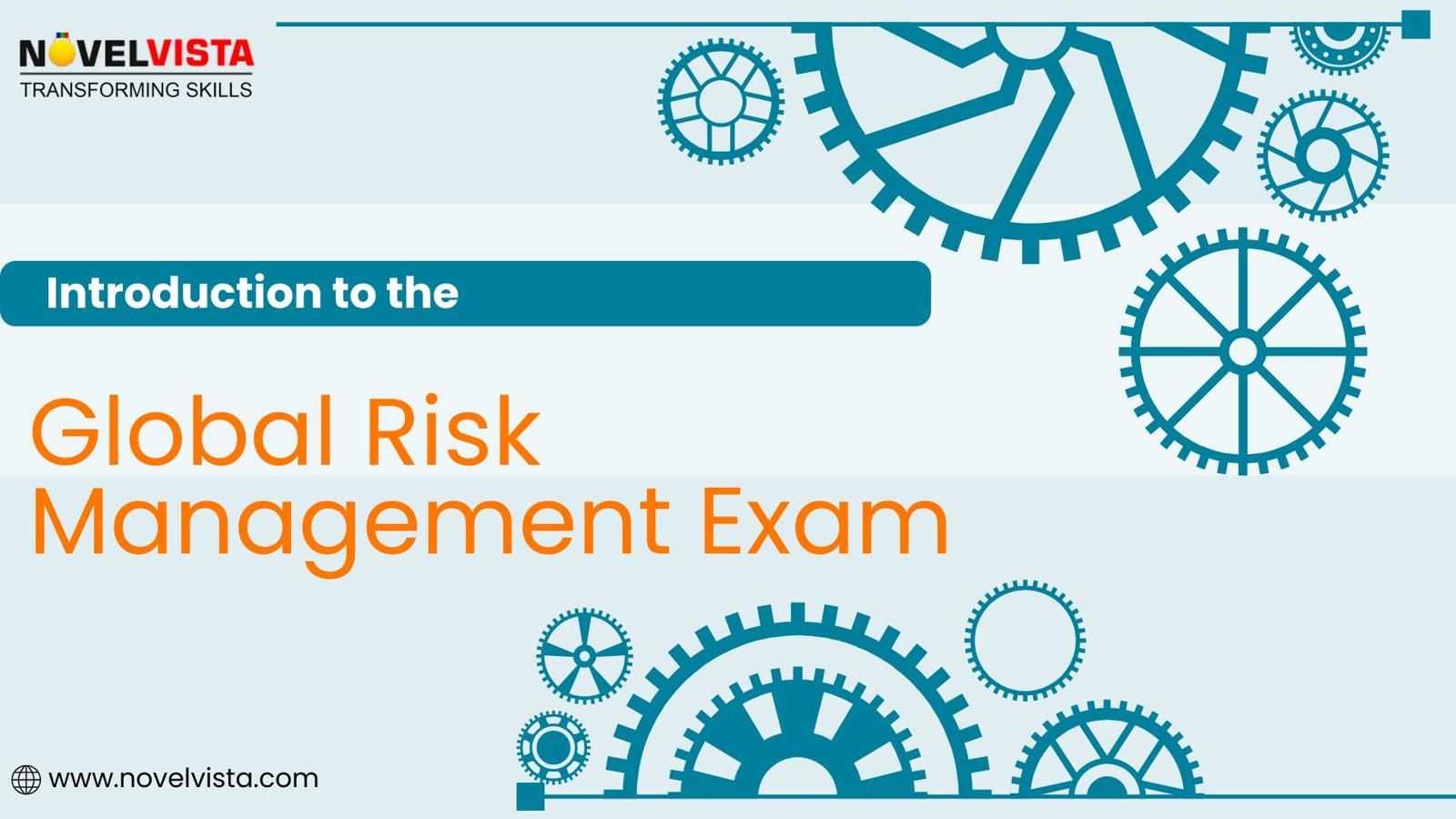



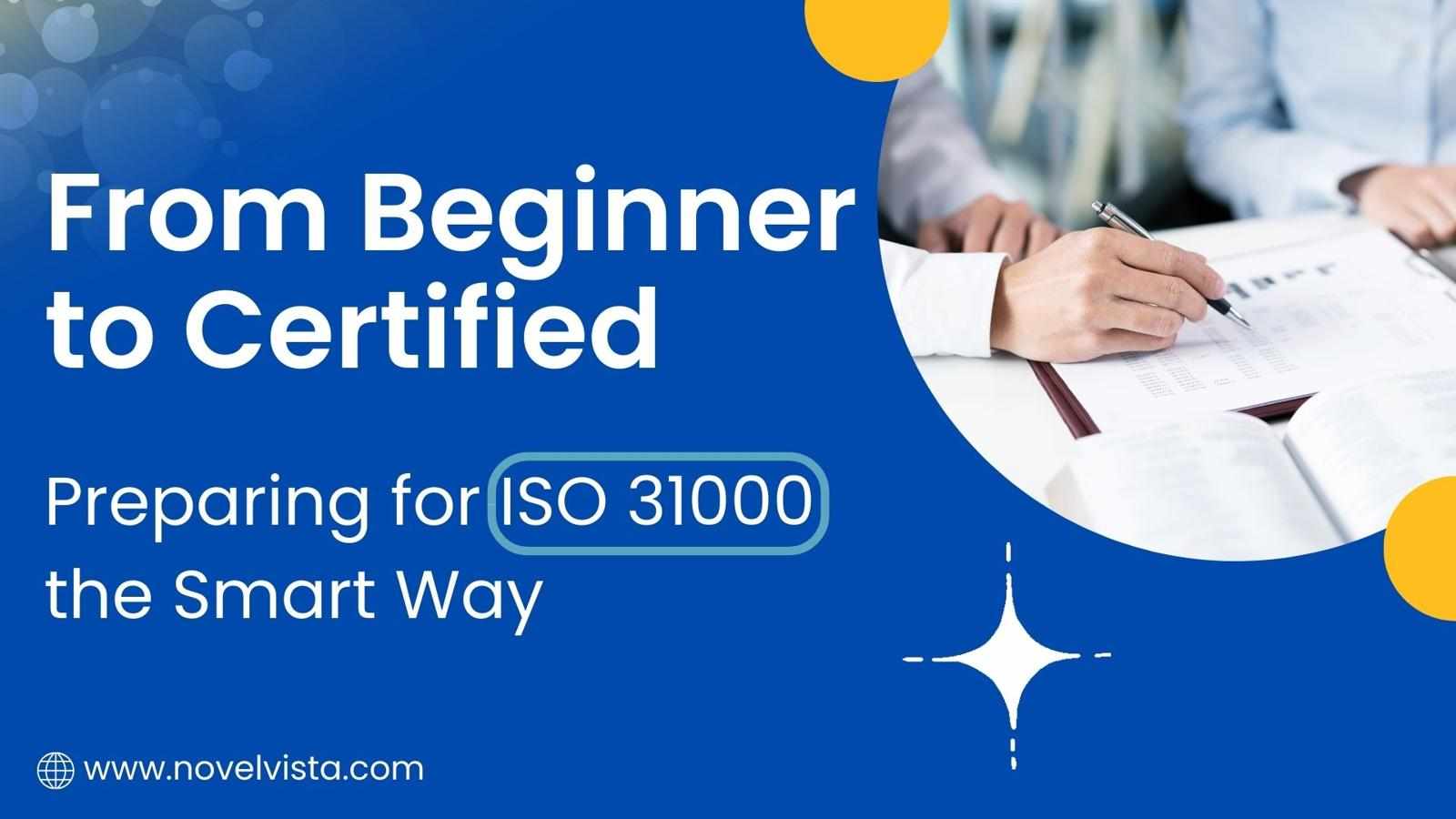

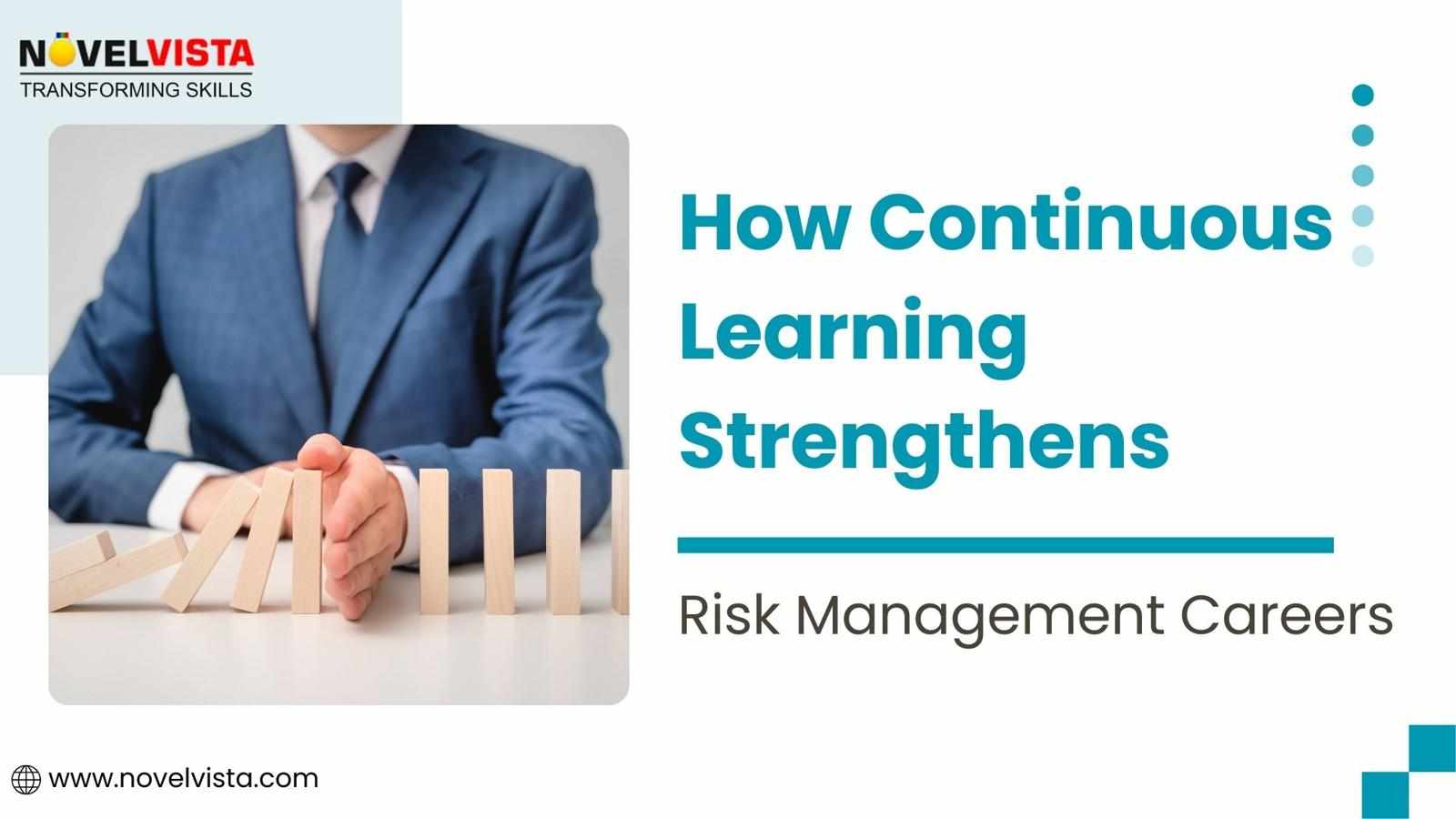
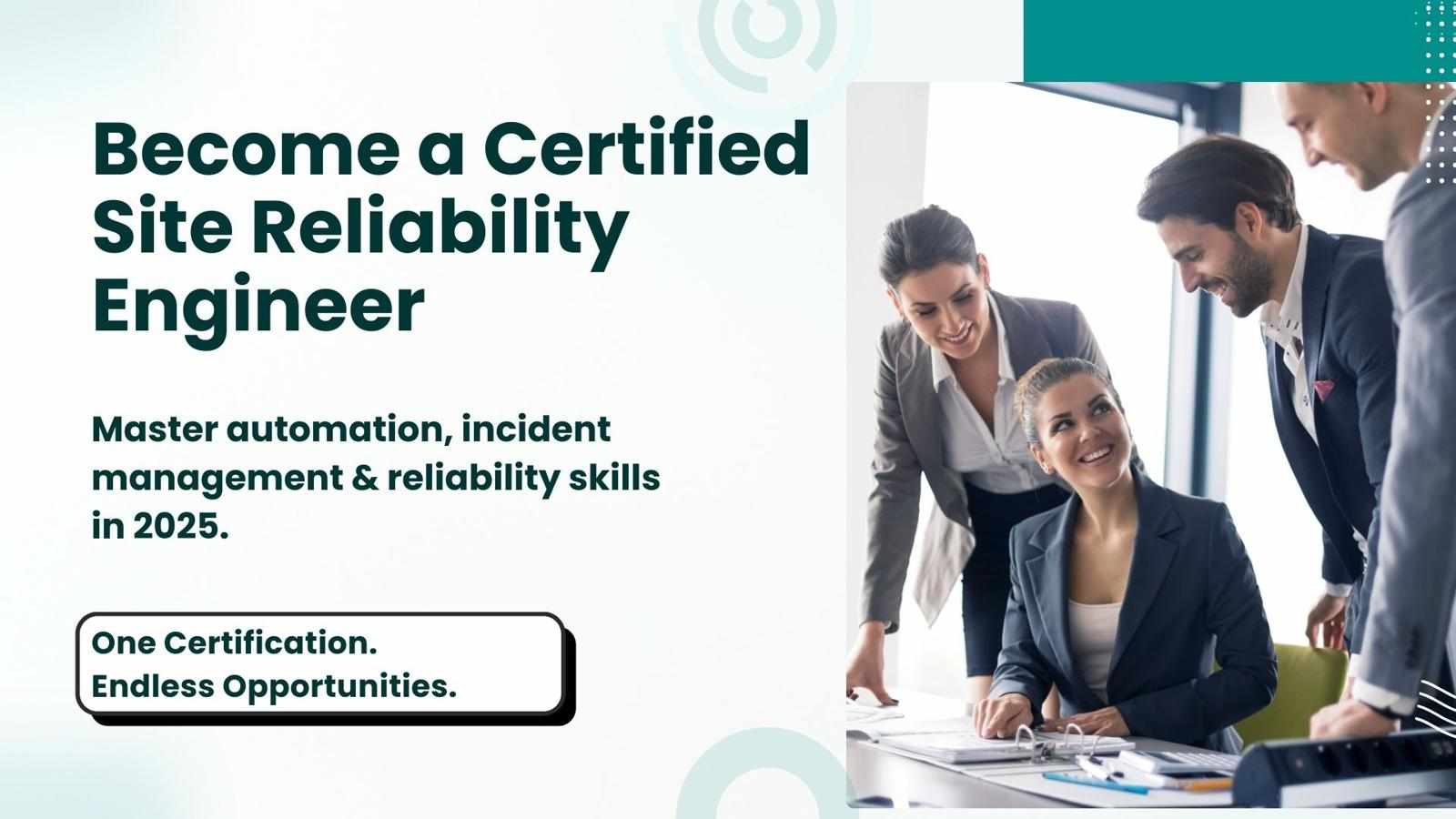
Write a comment ...